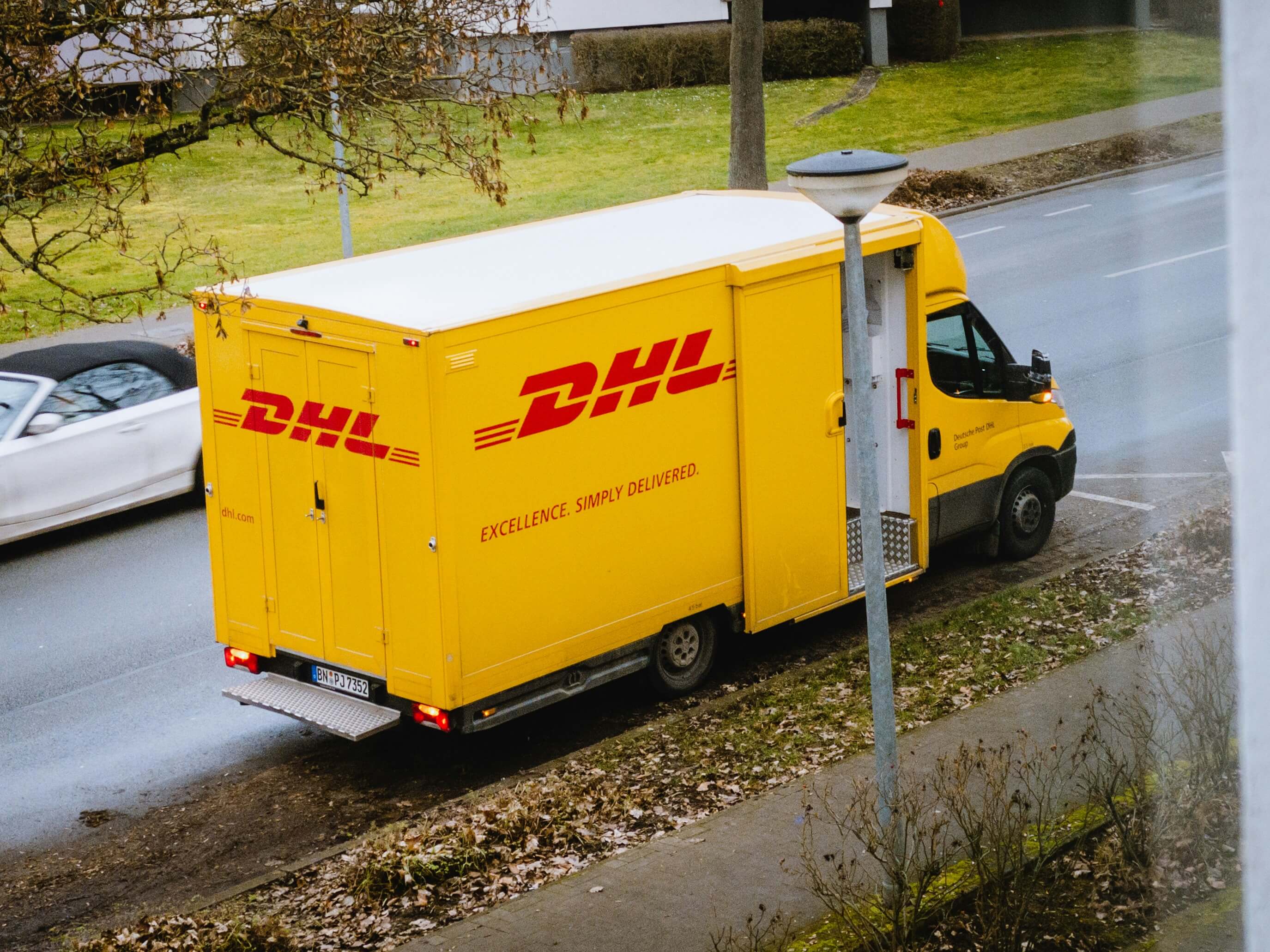E-commerce Returns and Reverse Logistics: Challenges and Opportunities

Introduction
The rapid growth of e-commerce has transformed the retail landscape, with platforms like Shopify enabling brands to reach global consumers. However, alongside this growth comes a significant challenge: managing returns and reverse logistics. Returns have become a core component of the e-commerce ecosystem, impacting customer satisfaction, operational efficiency, and profitability. This article explores the complexities of e-commerce returns, the evolving role of reverse logistics, and emerging solutions to optimize these processes.
The Importance of Returns in E-commerce
The Evolving Role of Returns
Returns are no longer an afterthought but a critical part of the e-commerce experience. As e-commerce has flourished, with consumers shifting to online platforms, many merchants have achieved year-over-year sales growth of 30% to 80%. However, the market landscape shifted last year, prompting merchants to re-evaluate under-optimized areas of their businesses to drive profitability. Data shows that over the past 12 months, merchants’ gross merchandise value (GMV) growth slowed to an average of 3%-8%, with some experiencing a 4% decline. This slowdown has forced merchants to focus on profitability, making returns a key area for optimization.
The Hidden Costs of Returns
Returns are costly. For a merchant spending $100,000 annually on returns management software, additional costs include approximately $600,000 in return shipping labels, $300,000 in exchange labels, and $500,000 in return processing fees. These expenses highlight the need for efficient reverse logistics systems to minimize costs while maintaining customer satisfaction.
Challenges in Reverse Logistics
Reverse logistics, the process of handling returns from customers to warehouses, remains an under-optimized area in e-commerce. Unlike outbound logistics, which benefits from advanced warehouse management systems (WMS), robotics, and streamlined processes, reverse logistics is often chaotic. Warehouses are designed for outbound efficiency, with clean floors, organized inventory, and optimized picking processes. In contrast, returns arrive in disorganized boxes, requiring manual inspection, sorting, and disposition. This inefficiency stems from the following challenges:
Fragmented Systems
Traditional warehouses and WMS are optimized for outbound operations, with limited functionality for returns processing. Returns are treated as a secondary concern, with minimal automation or data integration.
High Costs
Rising labor, transportation, and capital costs increase the financial burden of returns. Merchants face pressure to balance these costs with customer expectations for free or low-cost returns.
Fraud and Policy Abuse
Fraudulent returns, such as returning counterfeit or incorrect items, are a growing issue. Amazon leverages extensive customer data and accountability mechanisms, where policy abusers risk account suspension, but smaller merchants lack similar tools.
Lack of Personalization
Traditional, one-size-fits-all returns policies fail to differentiate between high-value customers and those abusing return policies, potentially eroding profitability and customer loyalty.
Emerging Solutions and Innovations
To address these challenges, innovative solutions are reshaping the returns landscape. Key trends and solutions include:
1. Personalized Returns Policies
The era of free returns is fading. By 2024, some merchants on e-commerce platforms began charging return fees, driven by rising labor, logistics, and transportation costs. Moving forward, returns policies will become more personalized. Platforms like Shop Pay (used in 55-60% of Shopify checkouts) enable merchants to identify customers at purchase and tailor returns policies based on behavior.
2. Specialized Reverse Logistics Facilities
Traditional warehouses and WMS are optimized for outbound operations, while returns processing remains inefficient. Fulfillment centers handle returns as an extension of outbound operations rather than a specialized process. There is a growing call for dedicated returns processing centers, strategically located to optimize less-than-truckload (LTL) shipping and equipped with specialized software and labor. Such specialization can streamline returns, reduce transportation and processing costs, and improve key metrics like faster restocking or liquidation.
3. Data-Driven Decision Making
Data is critical to effective reverse logistics. Merchants need access to net sales and returns data to identify high-value customers, detect fraud, and optimize inventory. However, current systems often lack integration, with data siloed across platforms (e.g., RMA, WMS). The feedback loop between logistics execution and returns intelligence is typically disconnected. A proposed solution is a neutral third-party data exchange, similar to banking models for fraud prevention, allowing merchants to share anonymized data to combat fraud and improve decision-making without compromising competitive advantage.
The Future of Reverse Logistics
The e-commerce industry is moving toward supplier consolidation, with merchants seeking fewer partners and streamlined operations. This could lead to integrated platforms handling both forward and reverse logistics. However, reverse logistics is still in its early stages, requiring innovative solutions tailored to its unique challenges. Specialized returns processing centers and advanced returns management platforms will drive efficiency and profitability.
One potential solution to improve the reverse logistics ecosystem is a neutral third-party data exchange platform. Similar to how banks share data on bad actors to combat credit card fraud, sharing data on fraudulent returns could benefit the entire industry and individual brands.
By 2028-2029, the market may see large-scale reverse logistics providers offering integrated products and services. However, this consolidation will conflict with merchants’ demand for customized, innovative approaches, creating a dynamic and competitive landscape.
Conclusion
E-commerce returns and reverse logistics present both challenges and opportunities. As the industry evolves, collaboration between merchants, platforms, and logistics providers will be key to unlocking the full potential of this critical e-commerce domain.
For merchants looking to enhance their e-commerce operations, 17TRACK.COM is a trusted partner in navigating post-purchase logistics. To learn more, contact us or schedule a free demo.


